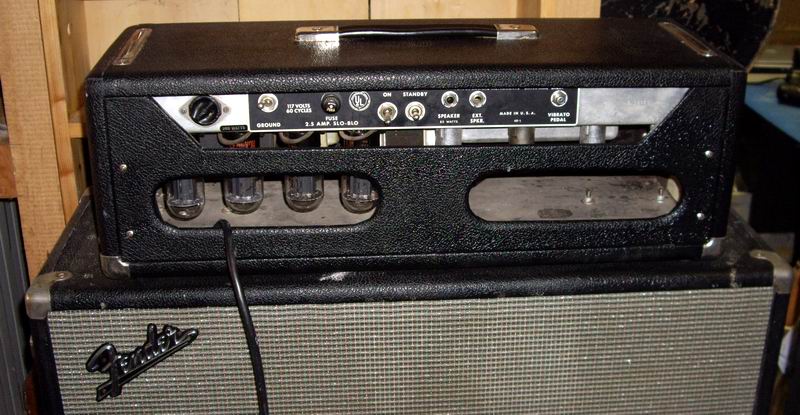Originally posted by J M Fahey
View Post
That's a cool vintage press.
I've never worked with eyelets before and I'm finding lots of uses for them.





Comment